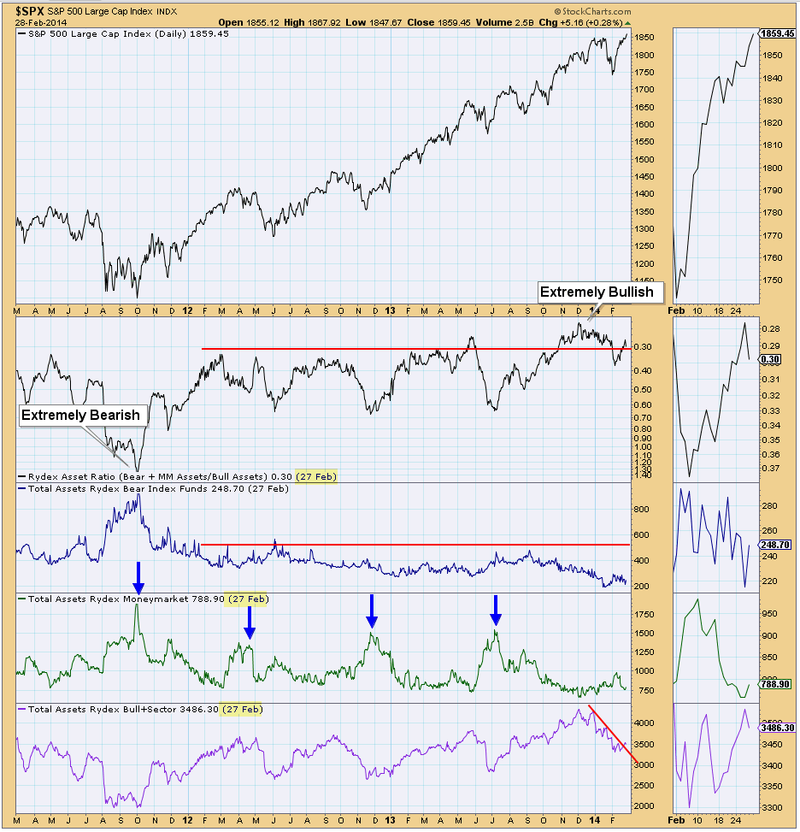Should You Jump for Equal Weight Funds
Post on: 5 Июль, 2015 No Comment

Good things have come to those who equal weight.
Equal weighting is a strategy that gives the same importance to each and every stock in an index. In the case of the popular Standard & Poor’s 500-stock Index (SPX), that means equal weight for stocks from giants Exxon Mobil Corp. (XOM ) and General Electric Co. (GE ) all the way down to computer maker Gateway Inc. (GTW ) and auto-parts supplier Dana Corp. ( DCN ), lately 499th and 500th still in terms of corporate stock-market value or capitalization.
For years, this approach has been quietly outperforming the well-known S&P 500 indexed offerings that dominate the mutual-fund industry the funds you probably own, where big companies affect returns more than small ones.
But you needn’t rush to replace your garden-variety index fund with a tweaked, equal-weighted version. There are drawbacks to the tweaked approach. And some think the old warhorses are about to make a comeback, as big stocks catch up with small ones.
Thanks to a strong rally in smaller companies (and weakness in larger shares), the Equal-Weighted S&P 500 Index has topped its market-capped cousin in each of the past six years.
In 2005, for instance, an exchange-traded fund tied to the strategy, Rydex S&P Equal Weight, gained 7.4% while a like-minded mutual fund, Morgan Stanley Equally Weighted S&P 500 Fund added 7.5%. The cap-weighted Vanguard 500 Index Fund, meanwhile, rose 4.8%.
More small-cap exposure
The equal-weighted index will give you more exposure to smaller stocks, said David Blitzer, chairman of the Standard & Poor’s committee that determines the stocks to include in the S&P 500. If you believe that small caps outperform large caps, and most data suggests they do, then the equal-weight should give you a small edge over long periods.
The equal-weight S&P 500 has held its lead over the past decade, gaining 11.9% annualized versus a 9.1% average yearly rise for the cap-weighted index, according to S&P. This superiority comes even after large-cap growth stocks surged in the late 1990s, catapulting the 50 or so biggest S&P 500 members many of them inflated technology stocks to starry heights.
Cap-weighting is basically making a bet on the top end of an index, said Steve Sachs, director of trading at Rydex Investments, a Rockville, Md.-based index-fund provider that licenses the equal-weight index from S&P and introduced its ETF in April 2003.
With the equal-weighted index, every name has the ability to contribute equally to performance, Sachs said.
Equal weighting departs from accepted indexing practices. In popular cap-weighted S&P 500 investments such as the Vanguard 500 Index Fund and the exchange-traded S&P depositary receipts, or Spiders, the biggest U.S. stocks carry the biggest stick. Together, 10 companies represent about 20% of the S&P 500. But these goliaths lose their muscle in the equal-weighted S&P 500.
For example, Exxon Mobil, with a recent market value of about $380 billion, commanded 3.4% of the cap-weighted benchmark. Yet this energy-sector bellwether represents 0.20% of the equal-weight index, just like 499 of its peers.
What’s not to like
Not everyone finds the equal-weight S&P 500 satisfactory. Vanguard Group, the index-fund pioneer, doesn’t offer the product.

Equal-weighted benchmarks pose challenges, said Paul Lohrey, a member of Vanguard’s Quantitative Equity Group. For starters, the strategy involves regular portfolio rebalancing to keep the stock weights uniform. Selling winners and buying losers can get expensive. (Cap weighting doesn’t require such rebalancing; stocks’ weighting in the index just reflects their market value.)
It’s not as easy to invest in those smaller companies, Lohrey said. They tend to be less liquid, and there’s a higher cost associated with executing transactions for the portfolio.
A smaller-cap value index fund would mirror key aspects of the equal-weighted S&P 500 and complement a cap-weighted holding, Lohrey suggests.
Portfolio adjustments are easier for ETFs, which don’t have to unload actual shares, than for mutual funds, which do. The equal-weighted Rydex ETF rebalances quarterly and has yet to pay a taxable distribution, said Rydex’s Sachs. ETFs trade like stocks, however, and do incur brokerage commissions.
Equally weighted funds, with their lighter stake in large caps, also are more volatile than cap-weighted offerings, added Herb Morgan, chief investment officer of Efficient Market Advisors, a San Diego-based investment advisory firm. Equal weight is more risky, Morgan said.
In addition, the Rydex ETF, with its trailing 12-month dividend yield of 1.05%, according to Morningstar, doesn’t have as much downside cushion as the Spider, which yields 1.68%. Both ETFs are cheap, but the Rydex fund’s expense ratio at 0.40% of assets is costlier than the Spider’s 0.11%.
You’re paying more on a lot of valuation measures, and getting a lower dividend with which to support the price, Morgan said of the equal-weight index. Moreover, big-cap U.S. stocks look attractive.
Right now, the odds are stacked in favor of cap-weighted, Morgan said. You’re going to see good numbers from the big caps. Equal weight does make sense. But for the next 12 to 36 months, the place to be will be the cap-weighted index.














